-
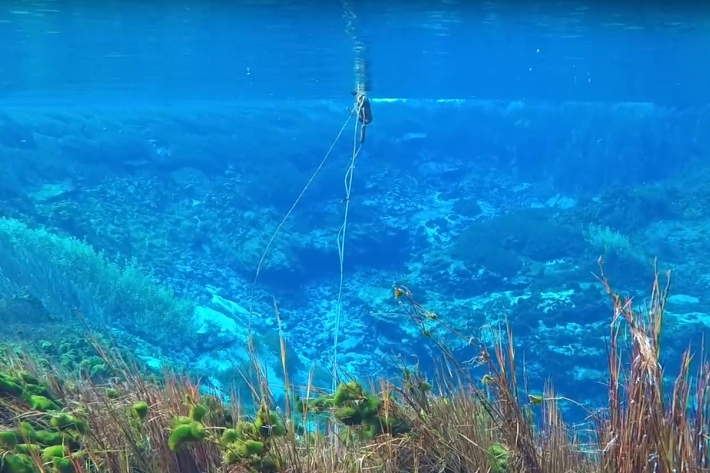
Underwater footage shows exceptional clarity of Te Waikoropupū Springs
Media release25 May 2018On the bottom of New Zealand’s largest freshwater springs is an underwater garden of vivid green, pinks and inky blues. -
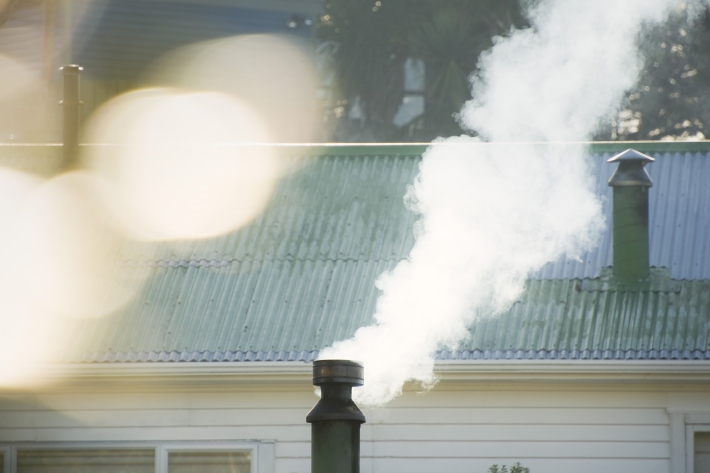
Scientists bring in schoolchildren to help with air quality research
Media release22 May 2018Pupils at a Central Otago primary school are helping NIWA air quality scientists learn more about pollution in their town in a four-month project that will track where smoke comes from and where it goes over winter. -
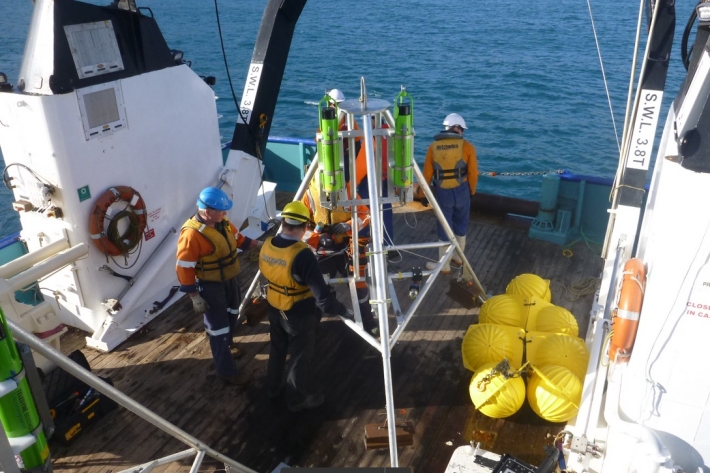
NIWA undertakes an ambitious, complex seabed experiment
Media release07 May 2018One of the most challenging scientific underwater experiments ever attempted by NIWA is taking place this month on the Chatham Rise. -
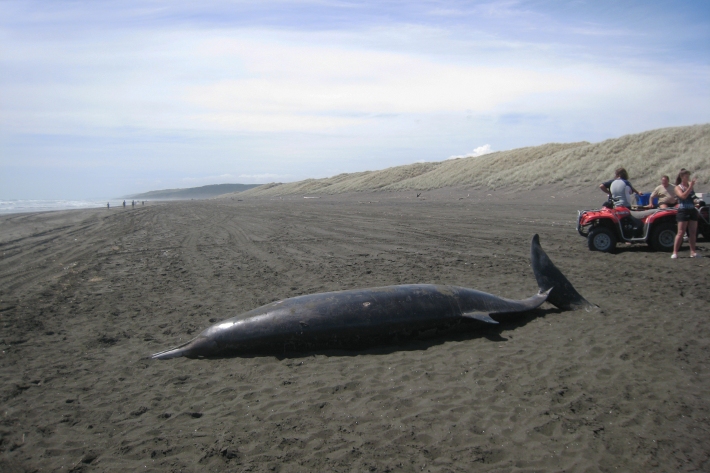
Unidentified whale signals recorded in Cook Strait
Media release03 May 2018Two yet-to-be identified species of beaked whales have been detected in the Cook Strait region. Identifying which species they are is important for understanding the status of marine mammal populations in New Zealand waters. -
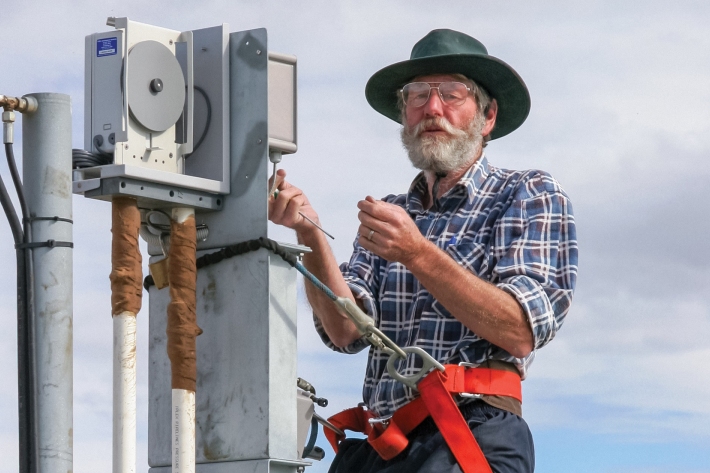
Profile: Bob Newland
Feature story01 May 2018Being prepared to give anything a go and thinking outside the box to get a job done – often in incredibly challenging conditions – is something Bob takes great personal and professional pride in. -
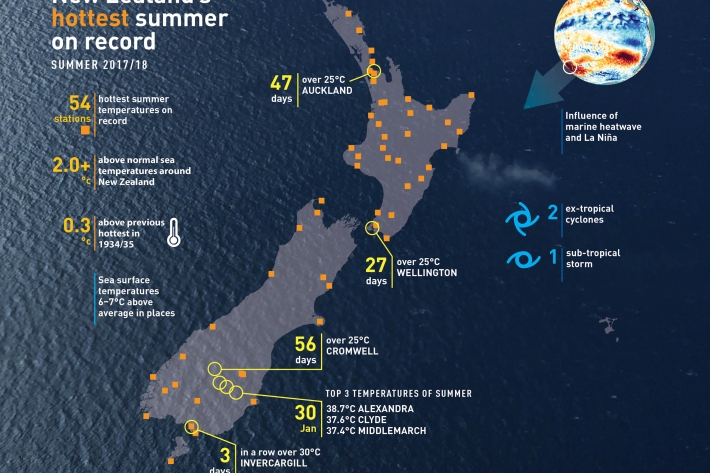
The record summer of 2017/18
Feature story30 April 2018Less than a week before the official end of summer on 28 February, temperatures dropped and a cool breeze made a whistle-stop tour of the country. -
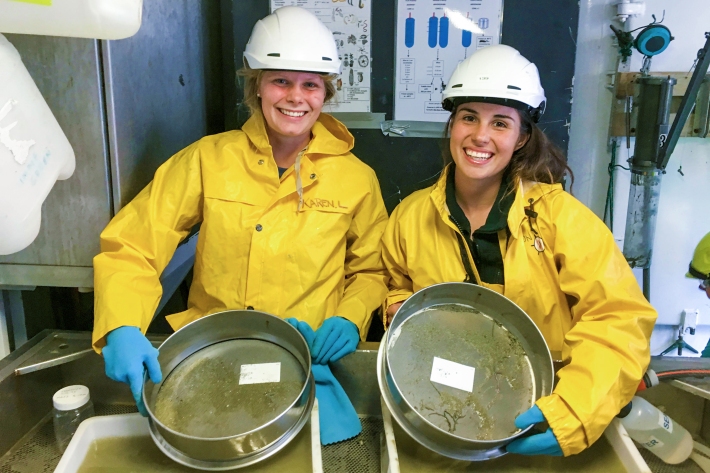
Encouraging interest in science
Feature story30 April 2018Efforts to create interest in STEM education (science, technology, engineering and maths) have led to a 40 per cent increase in tertiary students taking the subjects this year. -
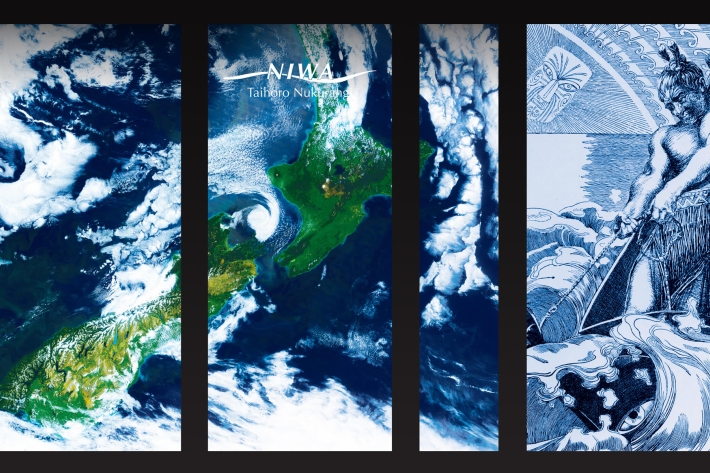
Panorama: John Morgan - A quantum leap in New Zealand's science capability
Feature story30 April 2018How long would it take to count all the grains of sand in the world? About 5000 seconds – a little over an hour and 20 minutes – if you had a Cray XC50. NIWA has just installed one at the High Performance Computing Facility in Wellington. -

Silicon power
Feature story20 April 2018Massive increases in computing power are allowing NIWA scientists to not only analyse more data, faster, but also to envisage completely new experiments. -
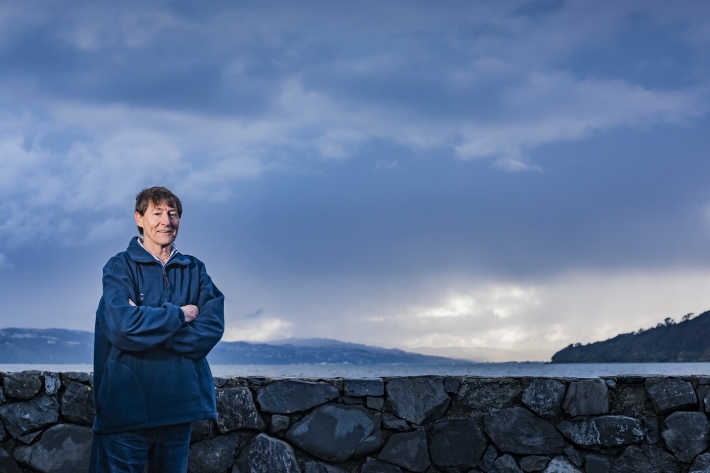
Solutions: Regional climate change
Feature story20 April 2018As climate change takes hold, regional council planning, sustainability and hazard managers are looking to NIWA. -
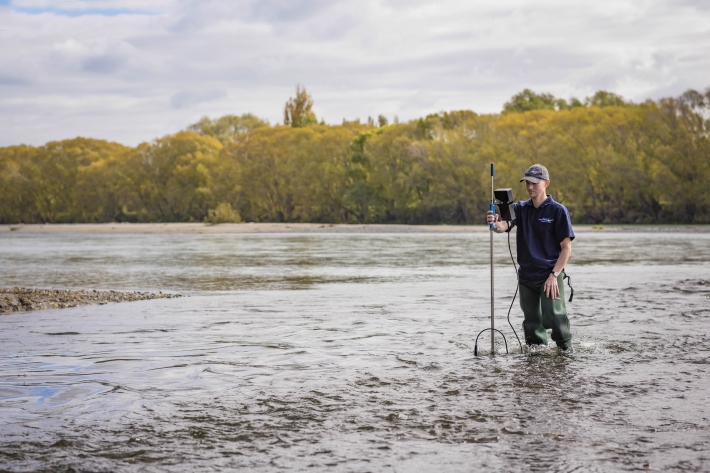
Water count
Feature story20 April 2018Ruth Beran discovers that public interest in the state of fresh waterways has driven a dramatic change in the tools used by scientists. -
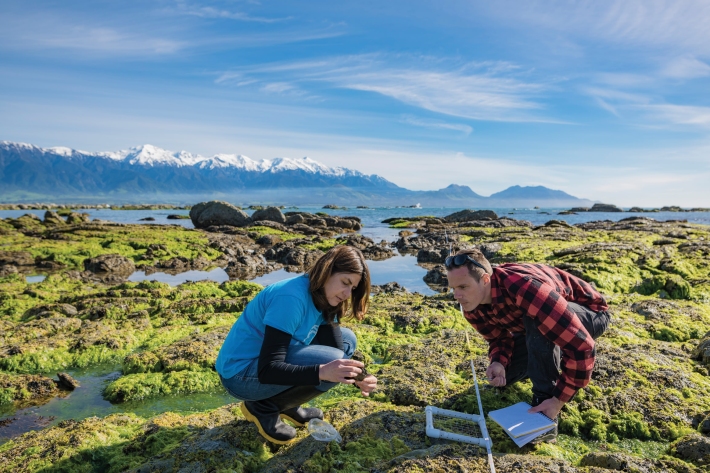
Drones watch quake aftermath
Feature story19 April 2018NIWA scientists like Leigh Tait were saddened by the human impact of the 2016 Kaikoura earthquake, but he also says that it provided a “massive natural history experiment”.
